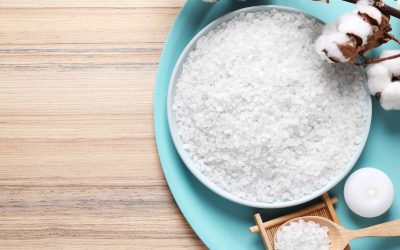Sewage/wastewater treatment is one of the essential services that we often take for granted without realizing the immense role they play in our lives. The purpose of this treatment is to keep quality of wastewater high. Apart from cleaning the water, sewage treatment is also critical in maintaining proper ecological balance of water bodies. In spite of the immense importance of this process, few people know the process of sewage treatment in maui. Here is a simple description of the process that hopefully will be of value to you.
Sewage treatment occurs in three stages:
1. Primary Treatment
This first stage of sewage treatment is also called mechanical treatment. At this stage, there is removal of most of the solid materials and suspensions in the water. The solid materials are first screened and then removed through the process of sedimentation.
2. Secondary Treatment
The next stage is secondary treatment, also called biological treatment. Wastewater from primary treatment still has a lot of odor and organic materials as well as dissolved materials that escaped the screening process. If it is released in water bodies in this form, the organic materials are likely to deplete oxygen in these bodies through decomposition since the process uses up oxygen. Fish and other organisms in these waters suffocate when the level of oxygen gets low. In addition, chemicals like nitrates and phosphates lead to exponential growth of algae which uses up a lot of oxygen. Plants for Sewage Treatment in Maui usually encourage the growth of harmless microorganisms in the water through the process of aeration. These microorganisms feed on the organic materials instead of letting them decompose. They then release water and carbon dioxide as they respire.
3. Tertiary Treatment
This last stage of water treatment removes all the remaining impurities in the water. Usually, there is use of advanced technology at this stage. Sterilization of the water kills the bacteria and viruses still present in it using Ultra-Violet rays. Chlorine is also used to disinfect the water though the high cost of buying it makes its use limited.
As this description shows, the complexity of technology increases as the wastewater moves towards tertiary treatment. In the primary treatment, simple sedimentation is only able to remove slightly more than half of the inorganic impurities. By the time tertiary treatment is reached, the technology used is so advanced that it able eliminate practically all the remaining impurities.


